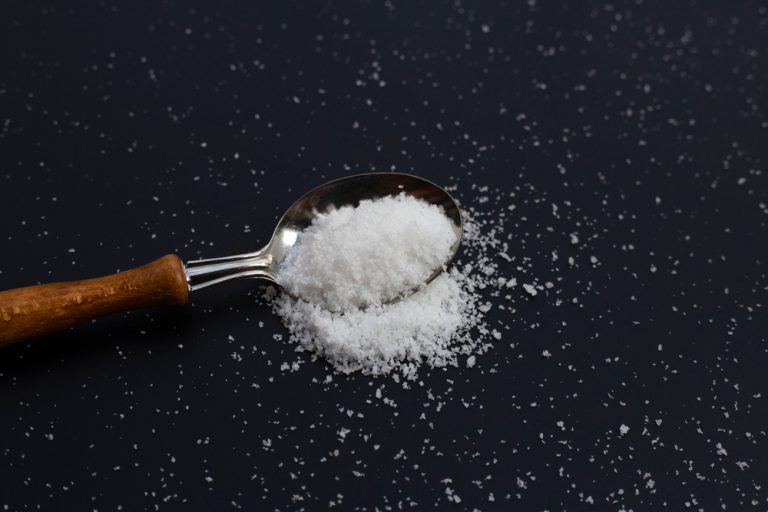
1. Plastic
Although it’s not the greatest material for our planet and we should try to avoid it as much as we can, we can’t say that it’s not an interesting discovery. A little over 100 years ago, Leo Baekeland, a scientist from Belgium, managed to create a material that today is known as plastic.
While he was in his lab working on a different project, he found that if you control the pressure and the temperature of a polymer, you can synthesize it from phenol and formaldehyde. He mixed the polymer with several fillers, and the result was a hard piece of moldable new material, aka plastic. Initially, he named the mixture after himself, Bakelite, and after that, it receive the name plastic.
His discovery managed to change almost everything when it comes to production and manufacturing. In 1909, the chemist received a patent, and in 1910, he founded a company named the General Bakelite Company.
2. Microwave oven
When World War II was coming to an end, an engineer from Howland, Maine, named Percy Spencer had the idea to develop energy sources for radar equipment. Unfortunately, his idea didn’t come to life, but he realized something else!
While he was working on his project, he noticed that the microwaves from an active radar he set managed to melt a chocolate bar that he kept in his pocket. Impressed by his accidental invention, the engineer tested it by making popcorn.
3. Vaseline
A young chemist named Robert Chesebrough traveled to Titusville, Pennsylvania, United States of America to see if he could find any new materials that had business potential. He saw something called “rod wax”, an unrefined black substance, and took it into his laboratory. While he was working on discovering its potential uses, he found out that by distilling the lighter and thinner oil products that were on the rod wax, he will have a light-colored gel afterward.
Robert Chesebrough created the process of making petroleum jelly in 1872, by U.S. Patent 127,568. The process that he discovered involved using vacuum distillation of the raw material, and then followed by the filtration of the still residue. He was so happy with his new discovery, that he started to use it to treat all kinds of injuries. For example, he traveled around New York to show the world his new product and encourage sales.
His methods were a little extreme because he used to burn his skin with an open flame or acid, and then apply his product straight on the surface of the wound. He liked his product, petroleum jelly, so much that he even started to eat a spoonful every day. When he discovered this, he was actually looking for oil. In 1870, Robert Chesebrough opened his first factory of petroleum jelly in Brooklyn and he named it “Vaseline”.











































